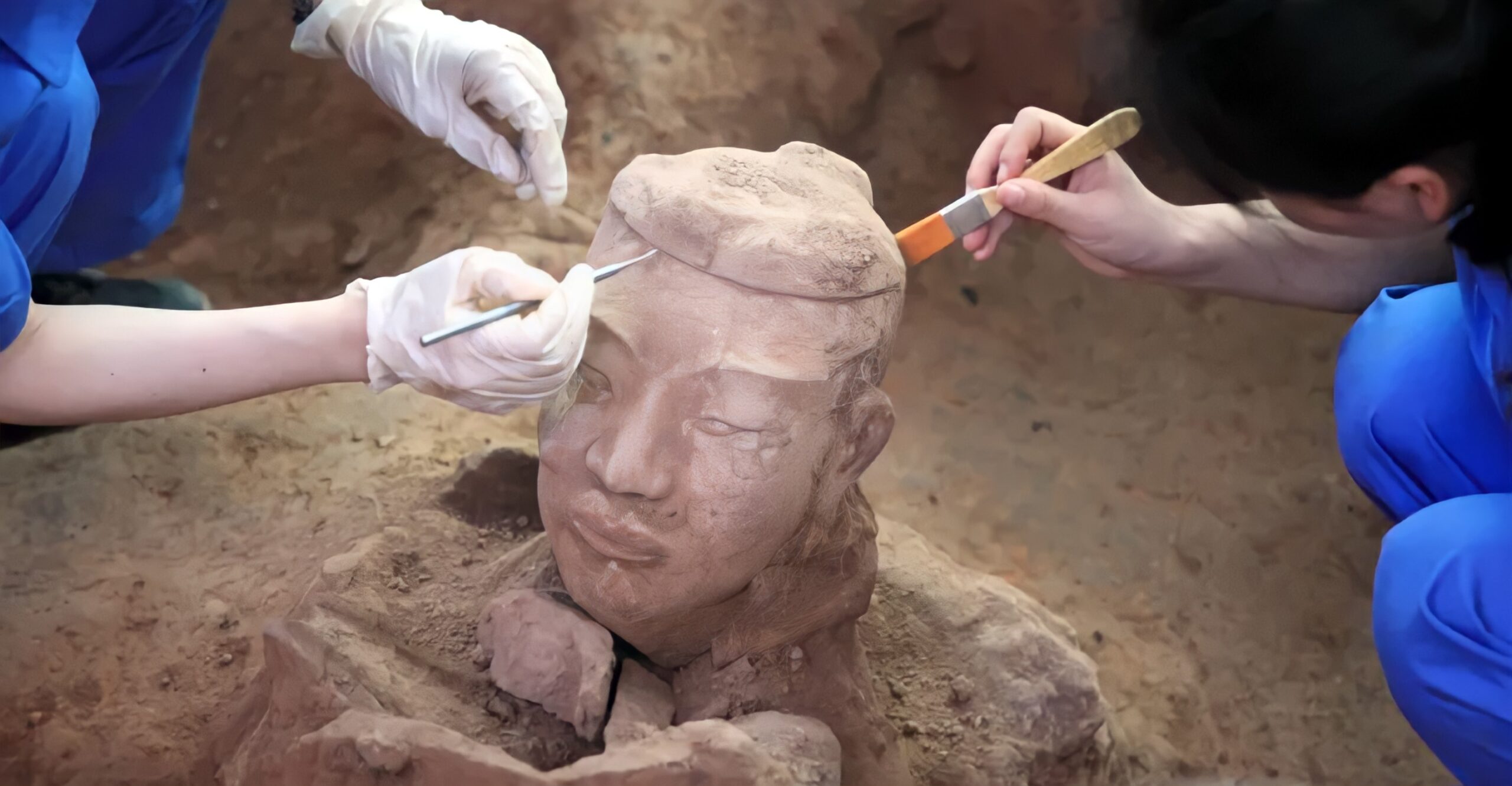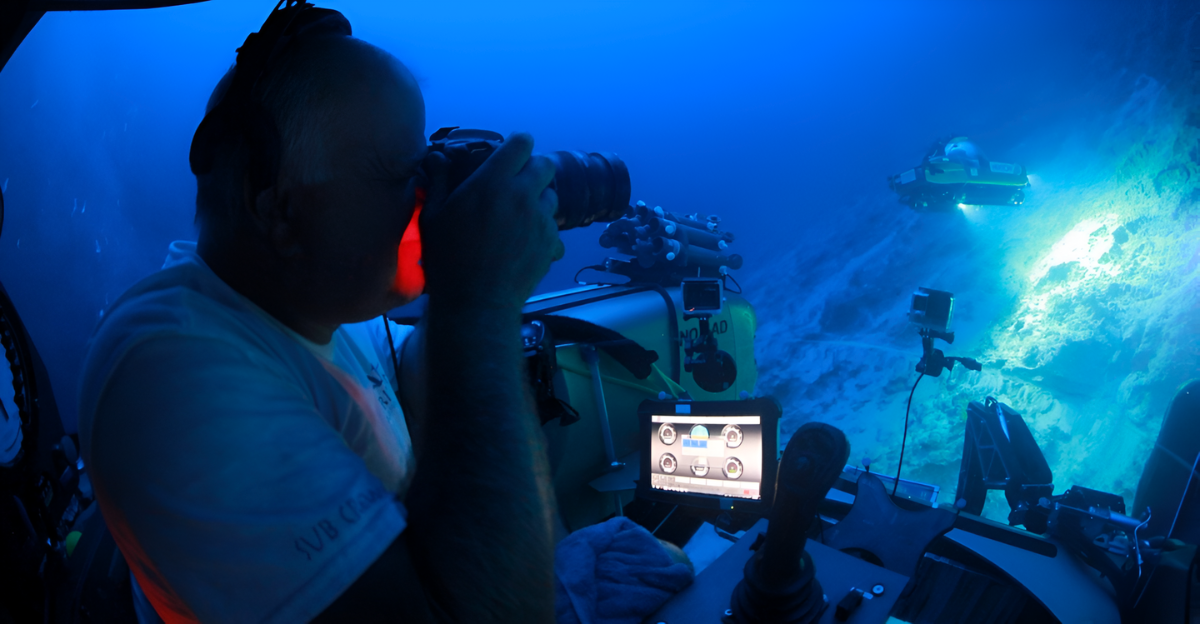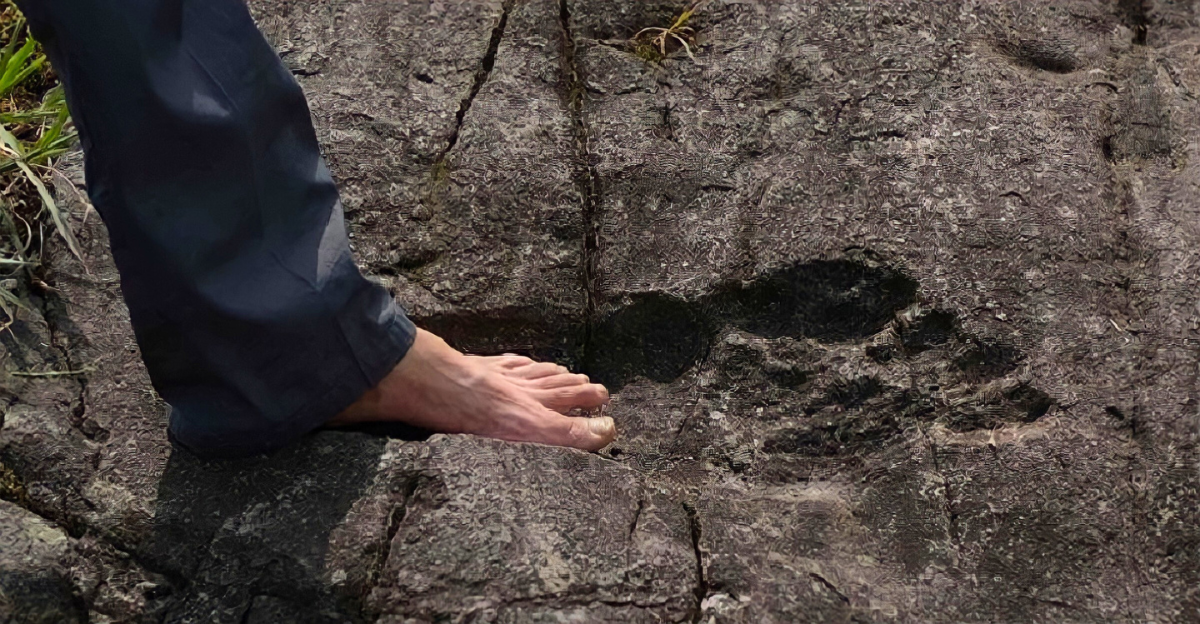
Imagine a find so profound that it forces us to question fundamental chapters in the history of life on Earth. Recently, fossilized footprints uncovered in Australia’s Victoria region are shaking the foundations of evolutionary science. These ancient impressions, dating back roughly 350 million years, predate the previously accepted timeline by about 40 million years. Such footprints belong to early amniotes, including reptiles, birds, and mammals, suggesting these pioneers of terrestrial life roamed much earlier than anyone expected.
This discovery urges scientists to rethink when and how vertebrates first left water behind, opening a fresh chapter in the narrative of life’s conquest of land. It creates a ripple effect, challenging textbooks, research timelines, and even broad cultural understandings about the origins of life’s oldest terrestrial explorers. What once seemed a settled story now feels like an unfolding mystery, thrilling in its complexity and implications.
Why These Footprints Matter to All Humanity

These aren’t just older tracks but keys unlocking our deep shared past. Found in an ancient corner of Gondwana, now part of Australia, these footprints reveal that amniote animals, able to lay eggs on land, emerged earlier and in a different place than previously believed. This radically shifts evolutionary timelines, impacting not just scientists but anyone who cares about the story of life.
It connects the global population to an expanded timeline, emphasizing that our terrestrial ancestors’ roots reach back far deeper than textbooks teach. Educators, historians, and evolution enthusiasts across every continent must reconsider how early vertebrates adapted to climate and environments. This discovery ignites curiosity worldwide, fueled by debates on Reddit threads and lively YouTube explanations, making ancient evolution a current and inclusive conversation.
Traveling Back to a Carboniferous Rainforest
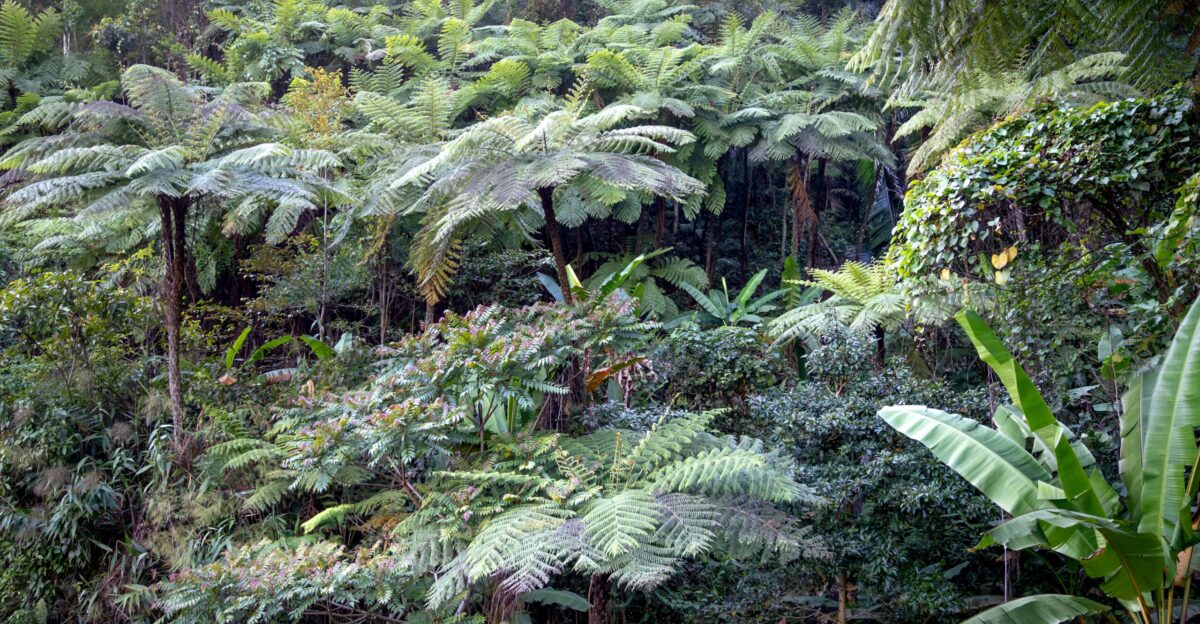
Step into a Carboniferous world, roughly 359 to 350 million years ago, when shimmering rain drenched ancient riverbanks in what is now Victoria, Australia. This was a time of evolutionary transformation: muddy shores inhabited by lizard-like creatures leaving behind their first clawed footprints, now fossilized. These early amniotes were mastering land life by developing eggs that could survive outside water, a pivotal adaptation rarely documented in the southern hemisphere until today.
The discovery adds new texture to this atmospheric prehistoric landscape, showing these creatures’ tentative steps away from aquatic life. It challenges the northern hemisphere-centric view long held by paleontologists, unveiling the southern continent’s crucial role in this leap. This window into a lush, forgotten ecosystem provokes wonder and recontextualizes the story of terrestrial life’s rise.
Challenging a Century of Evolutionary Timelines
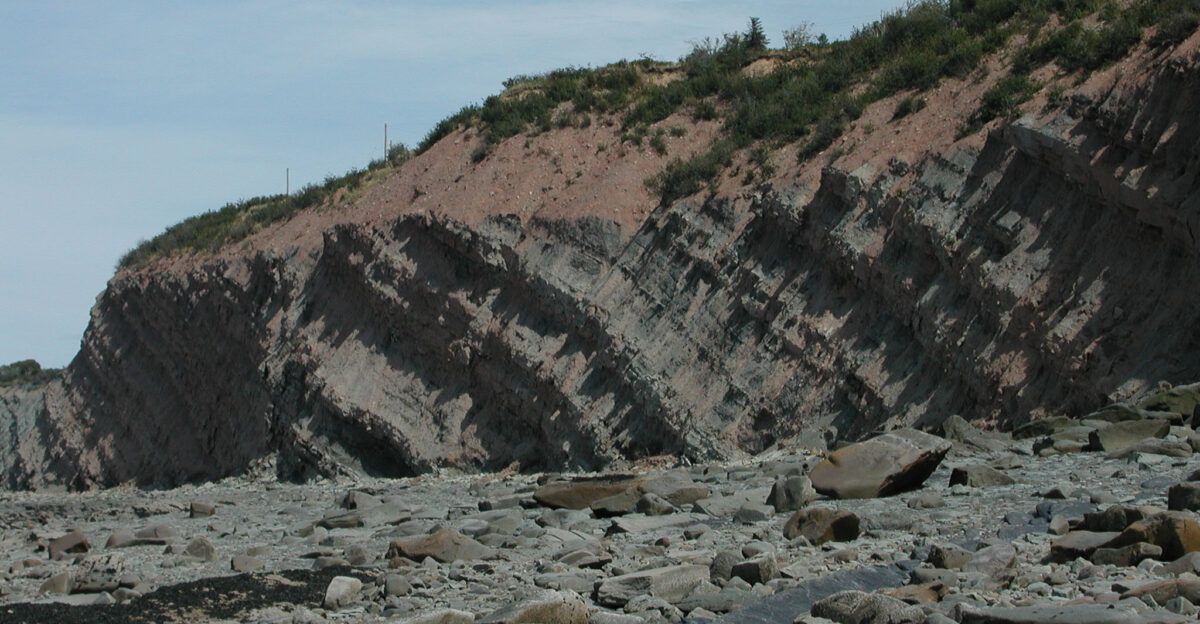
For decades, scientists have accepted that amniotes first took hold around 355 million years ago during the Carboniferous period, shaping the rise of reptiles and their kin. However, these fossil footprints rewrite this timeline, pushing the emergence of early reptiles back by about 40 million years. This forces a reconsideration of established evolutionary models and gene clocks.
Scientists now face the challenge of understanding how early tetrapods adapted quickly and effectively to terrestrial environments. Such dramatic timeline shifts remind us that scientific history is dynamic and constantly refined in the light of new evidence. Rather than being a crisis, this is how science thrives through bold revisions and the willingness to embrace uncertainties and rewrite even deeply rooted scientific narratives.
The Groundbreaking Discovery of the Oldest Reptilian Footprints
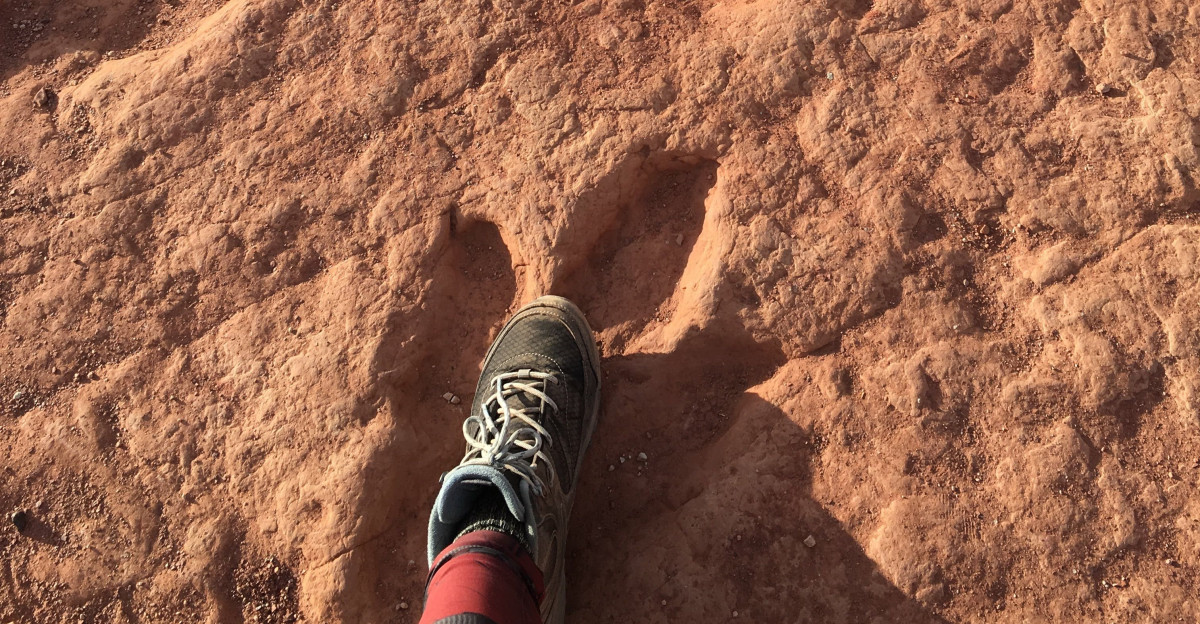
The core revelation: fossilized clawed footprints unmistakably made by early amniotes have been found in northern Victoria, Australia, estimated to be approximately 350 million years old. These trackways predate the oldest reptilian fossils known from the Northern Hemisphere by 35 to 40 million years, suggesting that reptiles originated far earlier and in Gondwana, not Laurussia as previously believed.
The finding, led by Professor John Long and his team at Flinders University, unsettles long-held assumptions in paleontology by shifting the epicenter of early reptilian evolution to the Southern Hemisphere. This discovery reshapes the global narrative of how, where, and when terrestrial vertebrates began their evolutionary journey. It offers novel insights into the origin story of the reptiles and their descendants, including humans.
Australia’s Role as the Cradle of Early Reptiles
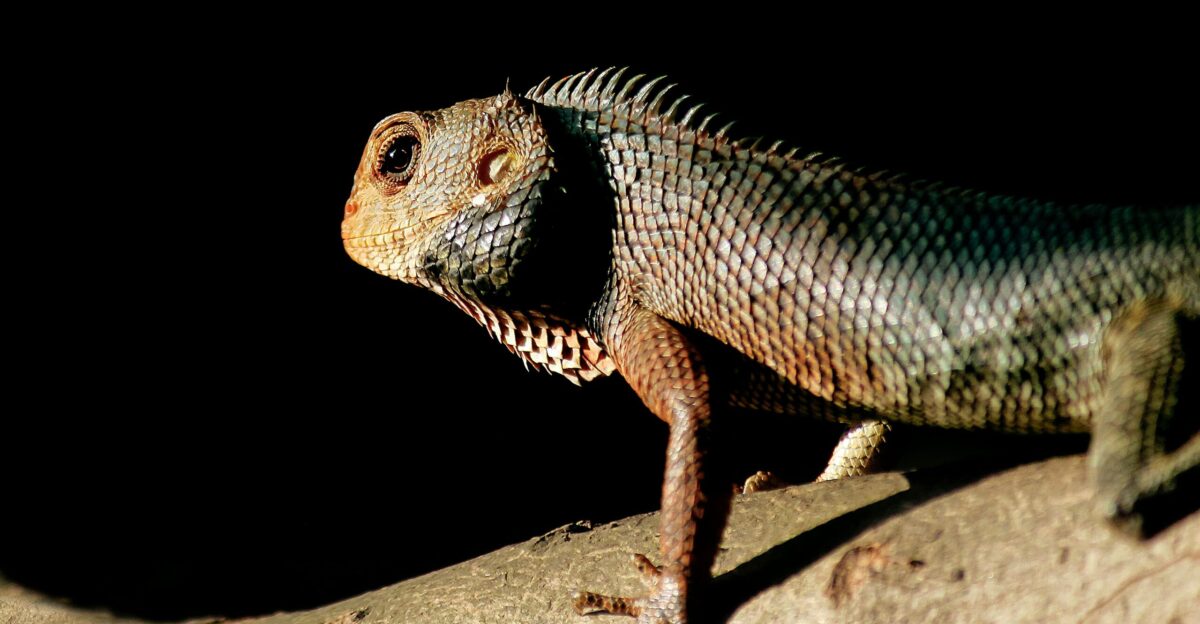
This discovery elevates Australia’s paleontological status from a peripheral continent to a key player in the story of life’s terrestrialization. The Mansfield district’s fossil site, locally known as Broken River or Berrepit in the Taungurung language, is a geological time capsule preserving traces of some of the earliest amniotes. The find connects deeply with Indigenous heritage, scientific discovery, and global evolutionary history.
The discovery energizes local communities and scientists alike, underscoring that life’s evolutionary milestones were not confined to the Northern Hemisphere as traditionally thought. It also encourages paleontologists to scour other underexplored regions of southern continents, potentially uncovering more groundbreaking evidence and expanding the narrative of global life origins.
Scientists’ Human Journey: Doubt, Care, and Persistence

Behind this transformative discovery lies a human saga of meticulous research, open-minded skepticism, and scientific humility. Professor John Long’s team at Flinders University faced conflicting data, painstaking fieldwork, and the challenges of revising entrenched scientific narratives. Their cautious communication strategy aimed to balance excitement with rigor, avoiding sensationalism while acknowledging the profound implications.
Public engagement through social media platforms such as Reddit and educational videos on YouTube helped bring the discovery into broader cultural conversation, sparking curiosity while inviting scrutiny. The scientists’ journey highlights the core of scientific progress, the willingness to confront uncertainty and revise our collective understanding based on evidence, even when it demands overturning established beliefs.
Stirring the Global Scientific Community and Beyond
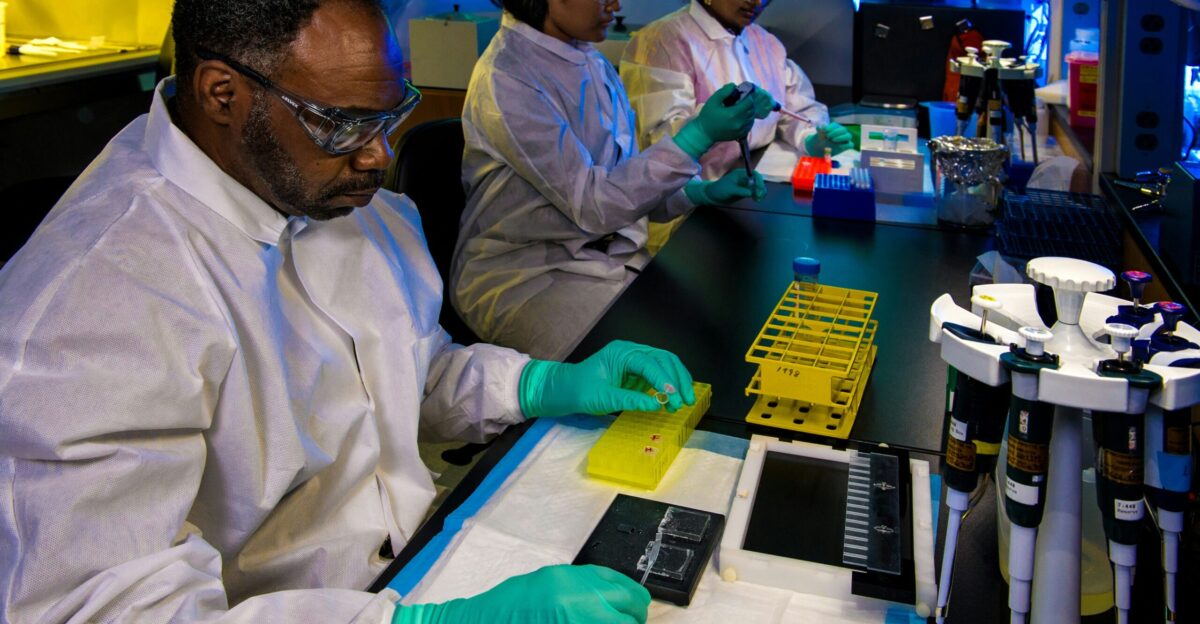
The ripple effect of these ancient footprints quickly transcended paleontology, shaking the broader biological sciences. This discovery has prompted researchers worldwide to revisit fossil collections, re-examine dating techniques, and rethink evolutionary speed and complexity. The competition to unearth further evidence inspires interdisciplinary collaborations, combining paleo genomics, geochronology, and imaging technologies.
This surge of activity could unearth older or similar fossil evidence worldwide, especially across other parts of Gondwana and the Northern Hemisphere’s Laurasia. The reverberations also extend into scientific education and public engagement, boosting interest in evolutionary science on platforms like TikTok and YouTube. The footprints have thus ignited a global renaissance in understanding life’s ancient past, spawning collaborations and innovations far beyond the discovery site.
A New Lens on Evolution and Our Place Within It

This discovery invites us to rethink the monumental leap of life from water to land, an event foundational to all terrestrial ecosystems, including human society. The footprints offer more than an ancient biological record; they challenge cultural narratives and educational frameworks concerning evolution and natural history. Today’s climate crisis and biodiversity challenges make these deep-time lessons even more vital.
Understanding how life adapted over millions of years to changing environments can provide insight into resilience and survival strategies. As the story circulates across social media and classrooms, the find fosters a collective reflection on continuity, adaptability, and belonging in a vast evolutionary saga, reminding us that our present is deeply connected to an astonishingly ancient past.
Footprints Forward: The Next Chapters in Evolutionary Science
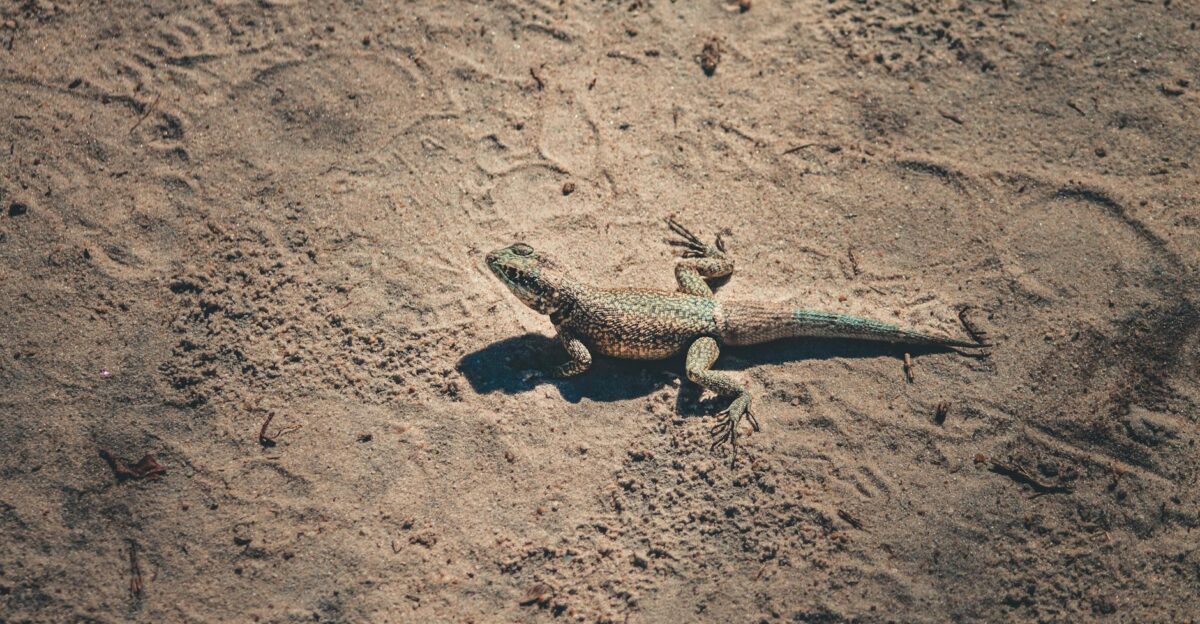
The unearthing of Australia’s oldest reptilian footprints is the beginning of a much larger quest. Scientists now aim to search for even older fossilized tracks, deepen research into early amniote ecology, and refine global evolutionary models. This drive involves academic circles and informed public communities engaging on forums, social media, and educational platforms.
Emerging technologies in fossil analysis, coupled with growing citizen science participation, increase the chances of further revelations. The discovery not only rewrites a timeline but opens a broader conversation about science’s ongoing process of how every footprint, fossil, or fragment contributes to a grander map of life’s journey. It signals an era where curiosity, collaboration, and humility will continue pushing humanity’s timeline ever farther back.




